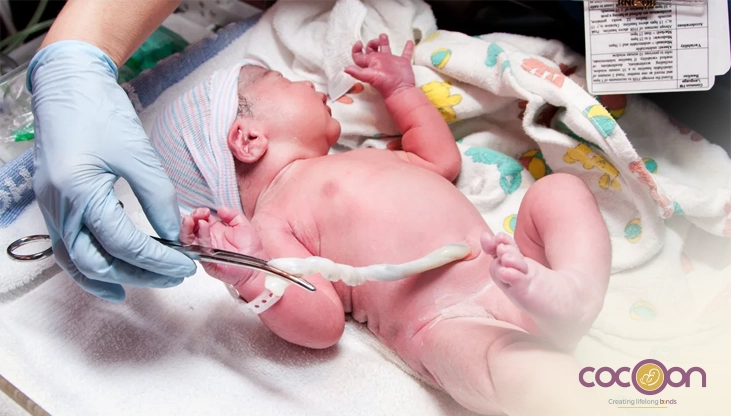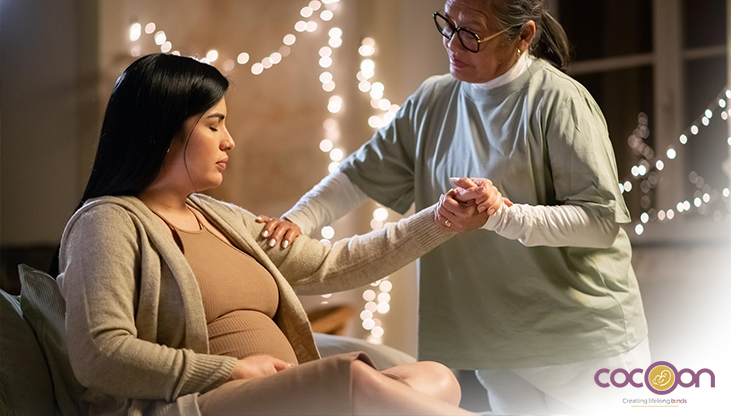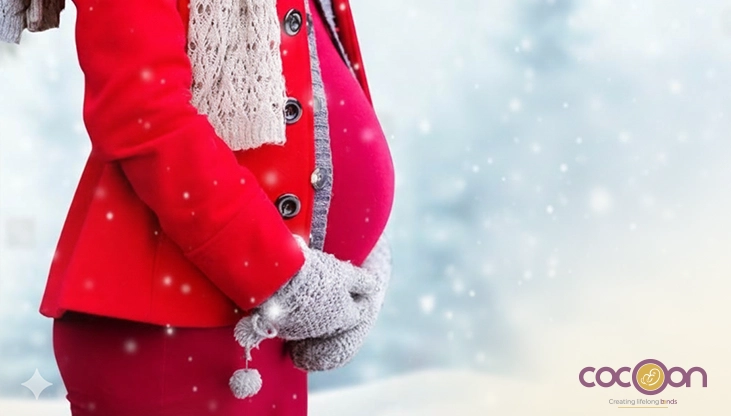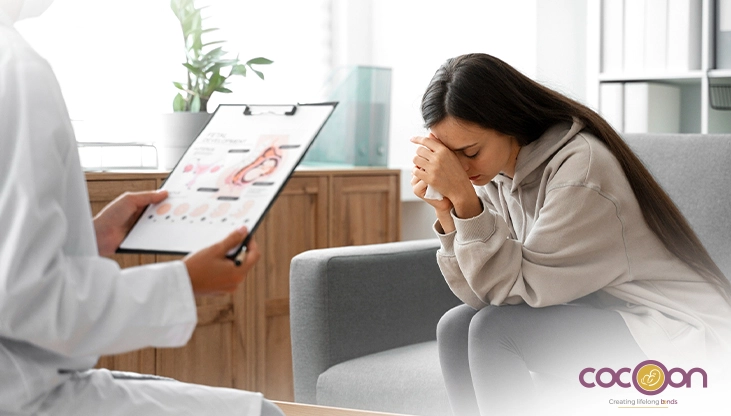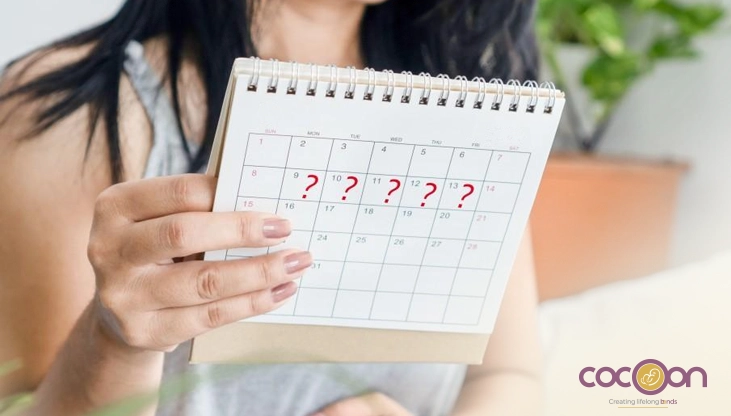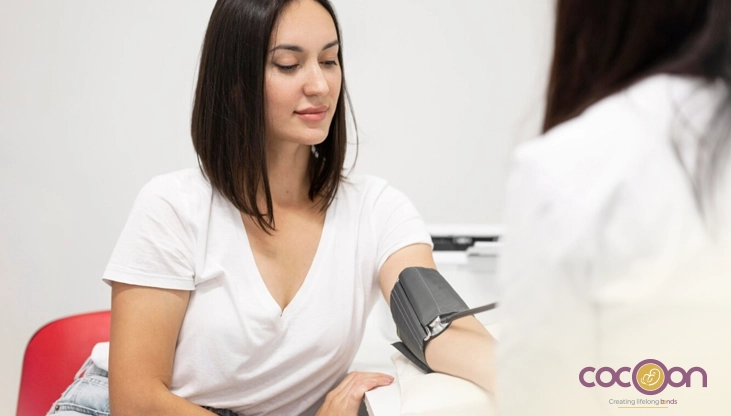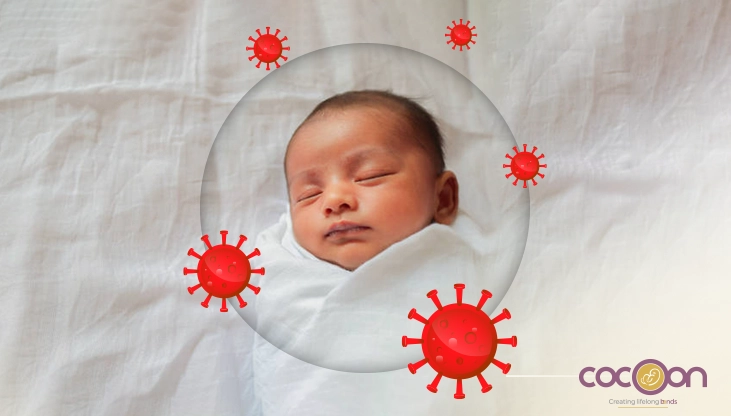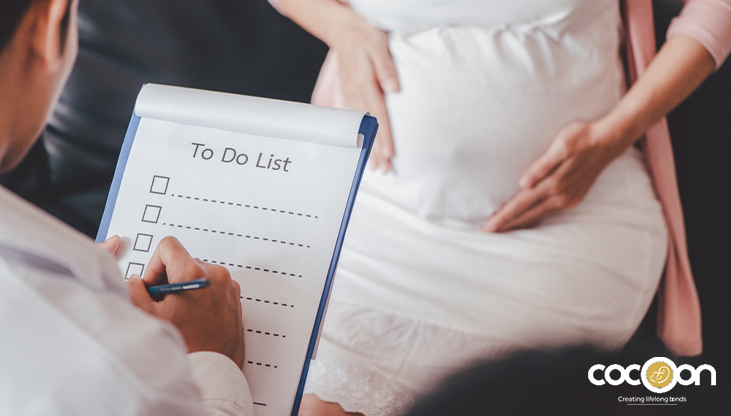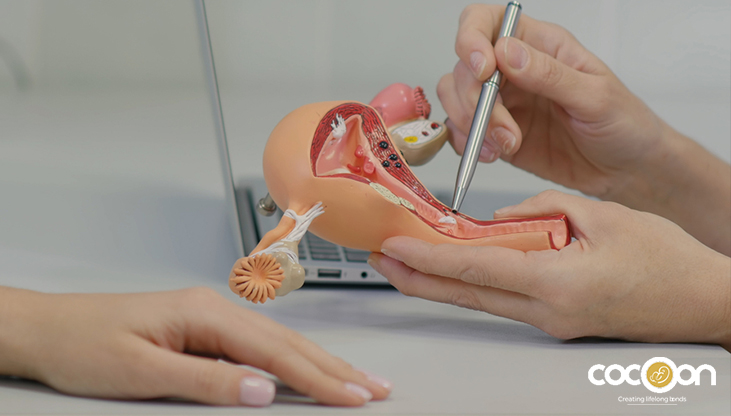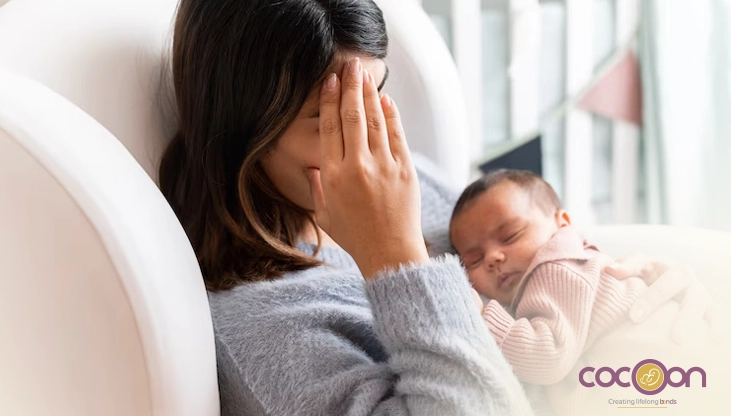Welcoming a new baby into the world is a wonderful moment, but it also brings numerous questions, particularly for new parents. One of the very first things you might observe on your baby's body is the tiny stump of the umbilical cord still plastered to their belly button. This little piece, which gets overshadowed by the commotion, is highly important in your baby's initial days and should be tended with delicate, good care.
In this blog, we'll guide you through absolutely everything you need to know regarding newborn umbilical cord care, from how to bathe your baby's belly button stump, to the dry cord care technique, and when to expect the cord stump to fall off.
What Is the Umbilical Cord and Why Is It Important?
Your baby's umbilical cord is his lifeline during pregnancy. It links your baby to the placenta and supplies oxygen and nutrients and takes away waste. Once he is out of the womb, the cord is no longer required, so it is clamped and cut after birth. What remains is a minor stump, 1–2 inches in length, which dries up and falls off by itself.
Though it might look fragile or even odd, the umbilical cord stump is perfectly normal and normally detaches without complications. Good care for a few days keeps infections away and allows your baby's belly button to heal well.
How Long Does the Umbilical Cord Stump Remain?
The stump of the cord usually drops off between 1 and 3 weeks of age. The cord stump is lost as early as day 7 in some babies, and up to 21 days in others. This is normal. After the stump falls off, healing continues for a few more days in the area.
It's hard not to want to pull or tug on the stump, even though it appears to be hanging by a thread. Allow it to fall off naturally to prevent bleeding or infection.
How to Wash the Baby Belly Button Stump?
Caring for the umbilical cord is not necessary with expensive or special products. More recent guidelines recommend a basic approach known as dry cord care.
Here's how you can clean and maintain your newborn's belly button area gently:
1. Keep It Dry
The first and most vital aspect of cord care is to keep the stump dry and clean. Any dampness may delay healing and promote infection. Do not cover it with tight-fitting clothes or diapers.
2. Clean Gently with Water (If Needed)
If the area becomes dirty (for example, from poop or urine), use a clean cotton swab dipped in plain water to gently wipe around the stump. Then pat it dry using a soft towel or cotton cloth.
3. Avoid Alcohol or Antiseptics
Previously, physicians advised rubbing alcohol to clean the stump. Yet studies have determined that dry cord care is just as effective, if not more so, and causes the stump to come off earlier.
4. Fold Diaper Below the Stump
In order to avoid causing friction and providing air to the area, fold the diaper front below the stump or use newborn diapers that contain a cut-out area for the umbilical cord.
5. Dress Baby in Loose Cotton Clothing
Clothing that is too tight may irritate the area. Dress your baby in loose, breathable cotton clothes that don't rub against the belly button.
What Is a Dry Cord Care Method?
Dry cord care involves not messing with the umbilical cord stump as much as possible. No cream, no antiseptic, and no bandage. Simply clean it when needed and dry it out. The idea is to let nature work its magic and let the stump naturally fall off.
Physicians now advise this approach for healthy, well-baby newborns who are born in sanitary, hospital settings because it minimizes irritation and accelerates healing. But in high-risk infection or unhygienic environments, antiseptic care might also be recommended by the physician.
When Does the Cord Stump Fall Off?
Usually, the cord stump will detach from 7 to 21 days after delivery. You will likely notice the following before it drops off:
- The stump changes color from yellowish-green to brown or black
- It dries up and becomes hard
- It loosens at the base
When it does fall off, you will notice a small raw surface, a little blood, or yellowish discharge. This is natural. It will normally clear up within a few days.
If there is a foul odor, redness, pus, or swelling, or if your baby winces when touched, you need to call your pediatrician. These could be infection signs.
Signs of a Healthy Healing Umbilical Cord
This is what is normal on the healing process:
- The stump dries up and darkens in color
- There is some oozing or small blood spot after the stump drops off
- No foul odor, swelling, or redness around the site
- Baby is active and feeding as usual
When to See a Doctor?
Even though most umbilical cords heal normally, be on the lookout for these warning signs:
- Redness or swelling around the belly button
- Foul-smelling yellow discharge
- Bleeding that will not stop
- Fever or crankiness
- Cord stump has not dropped off after 3 weeks
Only in very few instances does the area around the belly button create a tiny red bulge called an umbilical granuloma. It is harmless and can be treated by your physician quite easily.
Umbilical Cord Home Care: Parent Tips
Taking care of your baby's umbilical cord is easy, but being consistent really matters. These are some helpful home care tips for the umbilical cord:
- Provide sponge baths until the stump detaches. Do not immerse your baby in water.
- Do not put any powders, oils, or creams close to the stump.
- Monitor the cord area with each diaper change.
- Wash your hands before handling the cord or cleaning it.
- Do not attempt to remove the stump, even if it appears nearly separated.
What Happens After the Cord Falls Off?
Once the stump falls off:
The belly button may look red or moist for a few days.
- Continue to keep the area clean and dry.
- Avoid rubbing it until the navel is completely healed.
If you’re ever unsure whether the healing is going normally, don’t hesitate to reach out to your pediatrician for reassurance.
Conclusion
Taking care of your baby's umbilical cord stump can seem a bit daunting at first, but with the right knowledge and attention, it is just another routine part of the day. Newborn umbilical cord care is simple: keep it dry, clean, and not over-handled. Don't be afraid to let it heal naturally and take note of any signs of infection.

